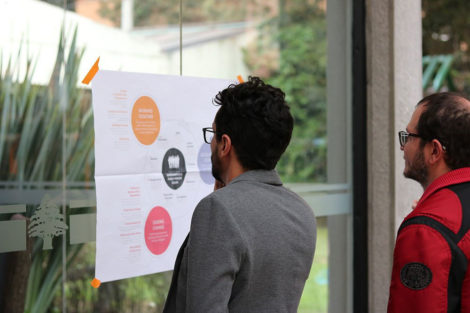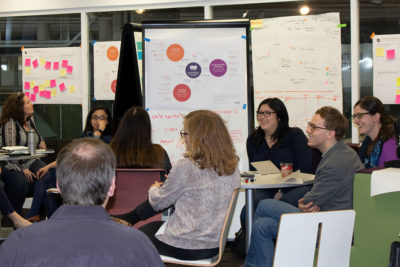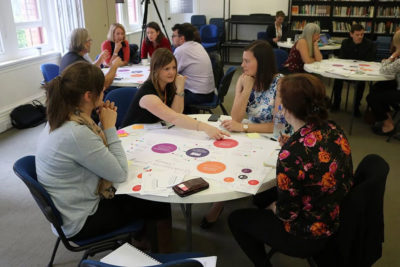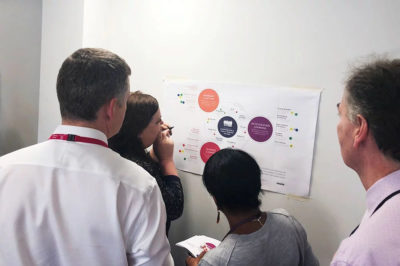There’s been a welcome shift by governments around the world to invest in new skills for today’s public servants. Alongside these new skills, we need to think about the attitudes, behaviours and mindsets that underpin them.
Training on innovation in the public sector frequently focuses on learning new methods, whether digital skills, behavioural economics or human centred design. Methods, tools (and the training sessions they come with) are valuable, but we’ve found that on their own they are not enough.
It’s also about how to practically build the conditions and functions of government. Indy Johar calls this ‘the boring revolution’; how we structure budgets, procure products and services or process information and learning. Not least, it’s how we recruit, incentivise and manage the people that work in government. Making sure that we’re looking for people with the right skills and attitudes; the right mindset. Because as innovation practice in the public sector has become more widespread, governments are looking to invest in cultural change, and their people are their culture.
Using human resources to support innovation
Through our work in Nesta's Innovation Skills team, we created the Competency Framework for Experimental Problem Solving two years ago to create a practical reference point for hiring managers, team leaders and public servants. We’ve now also created a guide that goes more deeply into what these skills and attitudes look like as behaviours - because it’s easy to talk about innovation, but harder to put a finger on what it looks like. They are both a prompt for thinking about the attitudes and skills that innovative teams have told us are fundamental to getting stuff done.
Specific technical nouse or subject matter expertise comes as the default in most government job requirements. This is what, for years, we have hired on the basis of. Skills like prototyping, storytelling and intrapreneurship have only more recently got a look in. But they are important skills for the 21st-century public servant.
Without prototyping our ideas, we fail to test and learn from them. But to do that, we need the space to not get it right first time. A grand idea will get nowhere without the persuasive power that comes from telling a coherent and compelling story, especially if that innovative idea sits far beyond the realm of business as usual. And building the business case for it, and how it can work within an organisation, helps make sure great ideas don’t gather dust but get put into action.
Concrete behaviours that lead to tangible actions
What if we could be more explicit about the importance of these types of skills? The framework and guide we’ve created are an experiment to help re-shape human resources (HR used here as shorthand for ‘allowing people to be the best they can be’) for innovation - putting these lesser acknowledged skills on the radar of people recruiting and training their greatest asset, their staff. They’ve also been an opportunity to explore the concrete behaviours that we think we need to see more of in government, those tangible actions you can point to.
While the path to a culture of bold innovation may start with a thousand tiny steps, a focus on the content and format of human resources could be one catalyst that supports a bigger transformation towards more inclusive and effective governments.
If you would like to develop the resources mentioned in this piece please get in touch with us to see if we can help, otherwise, feel free to pick them up and run with them in whichever direction you see fit.





